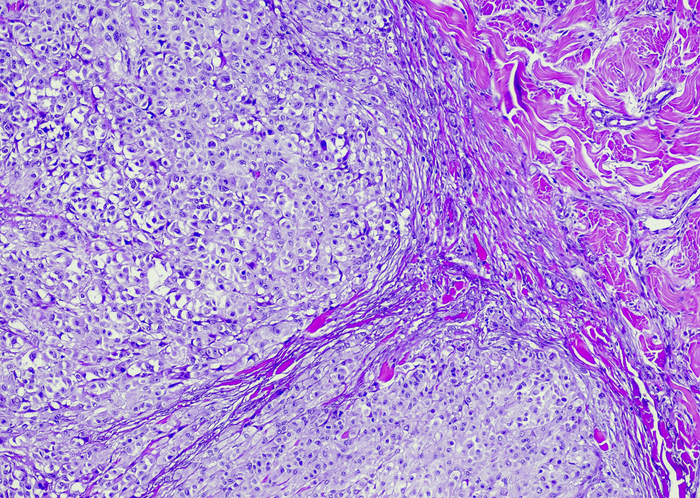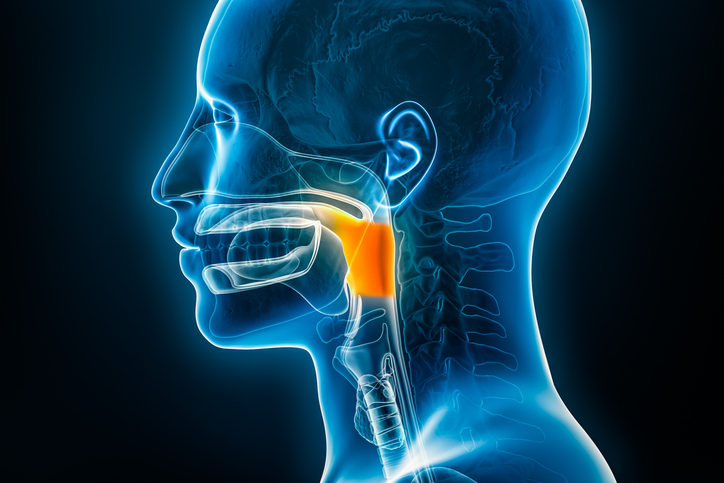
In a real-world study, minimal residual disease diagnostics for multiple myeloma (MM) were effective even in patients with high-risk disease and late treatment lines.
Minimal residual disease (MRD) means the small number of cancer cells remaining in the body after treatment. Detection of MRD may help identify incomplete treatment or drug resistance. Measuring MRD also allows for the determination of deeper treatment response beyond complete remission (CR).
In this study, researchers from the Würzburg University Hospital in Würzburg, Germany reported their experience implementing MRD diagnostics for MM using a combination of functional imaging and next generation flow (NGF) cytometry, in which microbial cells are suspended in fluid and measured based on fluorescence properties.
A total of 66 patients were enrolled, 39 of whom had newly diagnosed (ND) MM and 27 with relapsed/refractory (RR) MM. Patients with RRMM were enrolled following a very good partial response (VGPR), CR, or stringent CR to therapy. Fifteen patients were identified with high-risk disease.
Bone marrow samples were analyzed using NGF cytometry. Forty-six patients also underwent functional imaging via positron emission tomography (PET) and magnetic resonance imaging (MRI). Images were compared to MRD NGF results.
Overall, 17 patients (26%) were MRD-negative via NGF. Achievement of CR or better was significantly associated with MRD-negativity (P=0.04). Negativity rates were similar among patients with NDMM and RRMM (28% vs. 26%, respectively). Two of nine heavily pre-treated patients (≥4 previous lines of therapy) achieved MRD-negativity via NGF.
When NGF results were validated against functional imaging, 26% of patients were MRD-negative with both methods. Three patients were MRD-positive across both testing methods. Twenty-nine patients (63%) were MRD-positive via NGF only and two were positive via imaging only.
More patients with NDMM than RRMM demonstrated combined MRD-negativity (32% vs. 19%, respectively). Around 30% of patients with high-risk disease displayed MRD-negativity via both tests, but no patients with heavily pre-treated disease achieved this combined negativity.
“In the clinical routine, MRD diagnostics could be used to tailor maintenance and consolidation approaches for patients achieving deep responses by traditional IMWG criteria. Our real-world experience highlights that MRD-negativity can be achieved in patients suffering from high-risk disease and also in late treatment lines, supporting its value as endpoint for clinical trials,” the researchers concluded.
These findings were presented at the ASH Annual Meeting & Exhibition.







 © 2025 Mashup Media, LLC, a Formedics Property. All Rights Reserved.
© 2025 Mashup Media, LLC, a Formedics Property. All Rights Reserved.